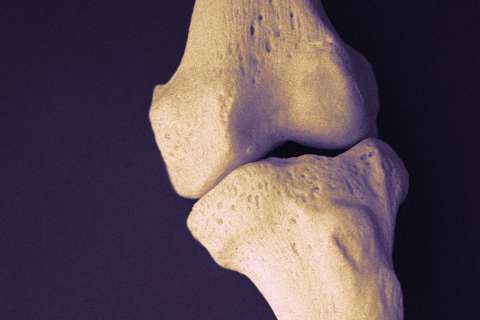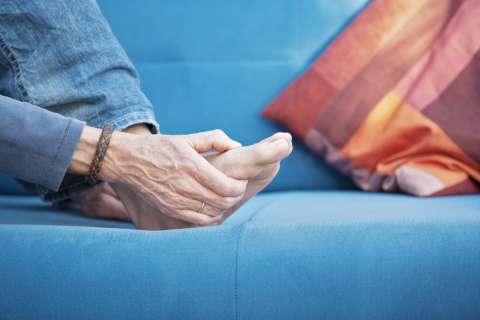Dear Doctor: Your column about long-haul COVID-19 started a conversation at our house about why some viruses will keep getting you sick even after you’ve recovered. A friend of our family is having a hard time with something called post-polio syndrome. Is that the same kind of thing?
Dear Reader: You’re not alone is seeing the similarities between long-haul COVID-19 and post-polio syndrome. We recently heard from a reader in Bucks County, Pennsylvania, who wrote to say that people with post-polio syndrome have great empathy for COVID-19 long-haulers and understand the challenges that these people face.
As a recap, long-haul COVID-19 refers to the ongoing adverse health effects of coronavirus infection, which can last for weeks, and even months, after the initial phase of their illness has passed. Symptoms include persistent fatigue or exhaustion; ongoing shortness of breath; heart arrhythmias, including a racing heartbeat; pain in the muscles and joints; and headache. Many patients report difficulties with concentration and memory, which they refer to as “brain fog.” Some experience uneven recoveries in which they appear to be on the mend but relapse into illness again.
Post-polio syndrome, by contrast, arises years later, usually a decade or more after the initial illness. The condition makes itself known with a gradual weakening of the body as a whole, and of the specific muscles and muscle groups that had been previously affected by the polio infection. In some cases, the muscles may also begin to atrophy, or decrease in size. Physical changes to the joints may also take place. Some people experience trouble with breathing, become sensitive to hot or cold temperatures, and may develop sleeping disorders.
Both long-haul COVID-19 and post-polio syndrome occur only in a subset of survivors. There are believed to be about 300,000 polio survivors in the U.S., and from one-fourth to one-half of them may experience some degree of post-polio syndrome. Long-haul COVID-19 is so new that we don‘t yet know how often it occurs, but it may be as many as 20% of patients with COVID-19. People with either syndrome may experience only mild symptoms, or they can find themselves dealing with what is essentially a new and ongoing illness.

As for why these viruses continue to affect people after the initial infection has passed, the answers are not yet clear. When it comes to post-polio syndrome, one theory suggests that the patient’s recovery from the initial paralysis involved the regrowth of new nerve pathways, which then become overtaxed as the years pass. Newer thinking suggests that the polio virus may go dormant within the body, and then, for reasons that are not yet understood, reactivate years later.
With long-haul COVID-19, new research from scientists at the University of California, Davis, suggests that the ongoing respiratory and cardiac effects arise from lung damage sustained during the initial illness. In relapsing cases of COVID-19, it has been theorized the immune system is continuing to encounter fragments of the virus and mounting a defense that results in another round of symptoms. The hope is that, as research continues, effective treatments for long-haul COVID-19 will be found.
(Send your questions to [email protected], or write: Ask the Doctors, c/o UCLA Health Sciences Media Relations, 10880 Wilshire Blvd., Suite 1450, Los Angeles, CA, 90024. Owing to the volume of mail, personal replies cannot be provided.)





